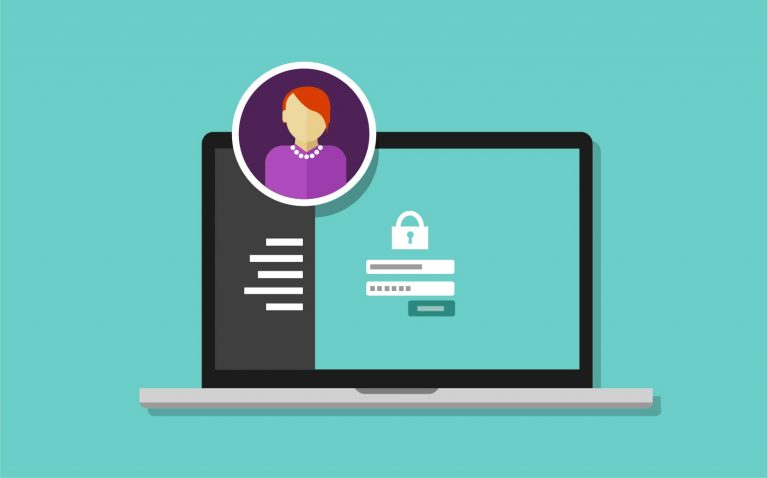A new FICO report vividly documents how badly most financial institutions are flubbing identity management, especially in crucially important new account opening.
Sure, credit unions have KYC and AML obligations in onboarding new members. But that is no excuse for chasing prospective new members away with clumsy, antiquated, and even hostile new account procedures.
Here are key findings of the research:
- “Operationally, lack of automation and the time taken for identity verification is an obstacle for over half of institutions.”
- “Physical checking of identity is required for digital applications for personal banking at half of institutions.”
This is continuing even through the pandemic, as experienced by an anonymous CU 2.0 staffer!
Abandoning the Onboarding Process
Understand the stakes: 23% of consumers will abandon the account opening process if forced to prove identity via another channel, such as an appearance at a branch. Loud advice from FICO is this: (bolded in the original) “Banks should therefore ensure that their onboarding strategies encompass digital identity validation.”
Understand this also: increasing numbers of members define themselves as digital members. They have scant tolerance for demands for analog, in-person proofs of identity when—quite plainly—digital proofs are plentiful.
Unnecessary, Obsolete Identity Processes at Many Credit Unions
Personally, I have never been in a branch of my primary credit union, I opened that account more than 10 years ago. I have rarely been in a branch at Chase, where I maintain an account to see what the money center banks are doing—and that account was opened online eight years ago.
And yet when I opened an account at a $1 billion credit union across the street from me in Phoenix, where I now live, I had to appear in the branch to complete the process. Why in person? There is no good explanation. Bad, old-fashioned processes are why, and that is no justification. If I didn’t research and write about credit unions, I would have walked away from opening the account. But I stuck with it and the process was every bit as unnecessary as I had believed it would be. I showed some sort of photo ID to a teller and that was that.
But, really, validating my identity is as easy as logging into a computer and going to the internet. No fuss, no bother for me. But this institution had hoops it wanted jumped through and, prospective member be damned, the hoops would be jumped!
Sadly, a lot of credit unions are in the same, leaky boat—but that is no way to win new members in an increasingly digital world. Those credit unions might as well just put links to Chase and various challenger banks on their websites because they are pushing many would-be members into the arms of competitors. The big banks and challenger banks will take them on, happily and greedily.
51% of US FIs Cannot Capture Identities Online
A FICO stat underlines how dismal this state of affairs is: “Less than half (49%) of Canadian and US banks use digital methods to capture identity for personal bank accounts (i.e., checking accounts), far less than the other countries surveyed (62%).”
That means one in two financial institutions still rely on analog tools. But they’re slow and just not what’s needed two decades into this century.
A white paper written by Daniel Mayo (and linked to by FICO) fingers what is wrong with financial institution attitudes about all this: “Although more than two thirds of institutions consider themselves relatively mature in how they manage customers’ identities, only a quarter have adopted the latest technologies.” File that under overrating institutional performance.
New Technologies Are Needed to Win
But Mayo outlines a next step as to where financial institutions need to go: “New technologies are critical for banks to manage the conflicting balance between effective identity and authentication, and the customer experience. While ensuring genuine identity and preventing unauthorized access is the primary objective, the use of biometrics, behavioral analysis, and digital identity capture and verification (such as image/video recognition) enhance security effectiveness and drive a lower friction customer experience.”
Think about that: new, digital technologies provide a financial institution with more security while giving the member less friction. That is win–win.
And it’s where credit unions need to get to to stay viable in the next wave of digital banking. It’s coming. Get ready.
Where to Start with Digital ID
Currently, there are a few potential solutions to digital ID floating around. However, the one with the most momentum—both globally and in the credit union industry—uses distributed ledger (blockchain) technology.
CULedger’s MemberPass™ technology streamlines digital ID authentication, and it’s extremely fast and simple to set up.
Credit unions can join the MemberPass™ Digital Trust Registry now.
For other KYC/AML technology and digital account opening suggestions, contact CU 2.0 to join our Quarterly Fintech Call list. Each quarter, we call CU executives for an informal 30-minute chat to discuss new technologies and approaches in the industry.
The calls are completely free and come with no obligation. (However, we do learn more about current credit union strategic concerns, needs, etc., so we benefit, too!)




